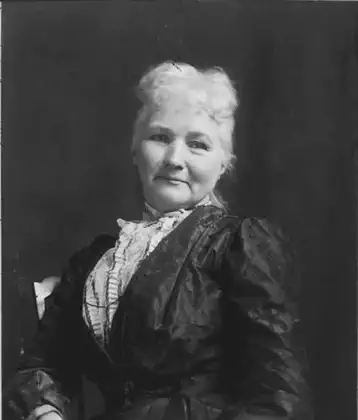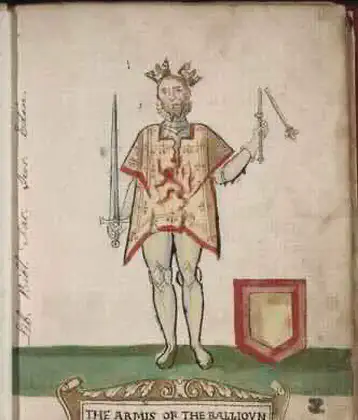
The Stone of Scone (/ˈskuːn/; Scottish Gaelic: An Lia Fàil; Scots: Stane o Scone), also known as the Stone of Destiny, is an oblong block of red sandstone that was used originally in the coronation of the monarchs of Scotland and, after the 13th century, the coronation of the monarchs of England, Great Britain and the United Kingdom.
It is also known as Jacob’s Pillow Stone and the Tanist Stone, and as clach-na-cinneamhain in Scottish Gaelic.
Historically, the artefact was kept at the now-ruined Scone Abbey in Scone, near Perth, Scotland.
1296 Stolen
In 1296, during the First War of Scottish Independence, King Edward I of England took the Stone of Destiny from Scone Abbey in Scotland. It was considered a symbol of Scottish kingship.
It was seized by Edward I’s forces from Scone during the English invasion of Scotland in 1296. The Stone was taken to England and placed in Westminster Abbey, where it was used in the coronation ceremonies of English as well as the monarchs of Great Britain and the United Kingdom, following the Treaty of Union of 1707.
Returned after 700 Years
In 1996, the British Government returned the stone to Scotland, when not in use at coronations, and it was transported to Edinburgh Castle, where it is now kept with the Scottish Crown Jewels.
The Stone has been the subject of historical and political disputes between England and Scotland, with debates over its rightful ownership and whether it should be permanently returned to Scotland.
More From This Day


HMS Vanguard, Britains biggest and last battleship, was launched at Clydebank
November 30, 1944


John Maclean, political activist, Marxist, appointed Bolshevik consul for Scotland by Lenin, died
November 30, 1923


Worlds first international football (soccer) match, Scotland V England at West of Scotland Cricket Ground
November 30, 1872

James Albert Edward Hamilton, 3rd Duke of Abercorn and first Governor of Northern Ireland
November 30, 1869

General Patrick Cleburne is killed in command of his division at a battle in Franklin, Tennessee
November 30, 1864


